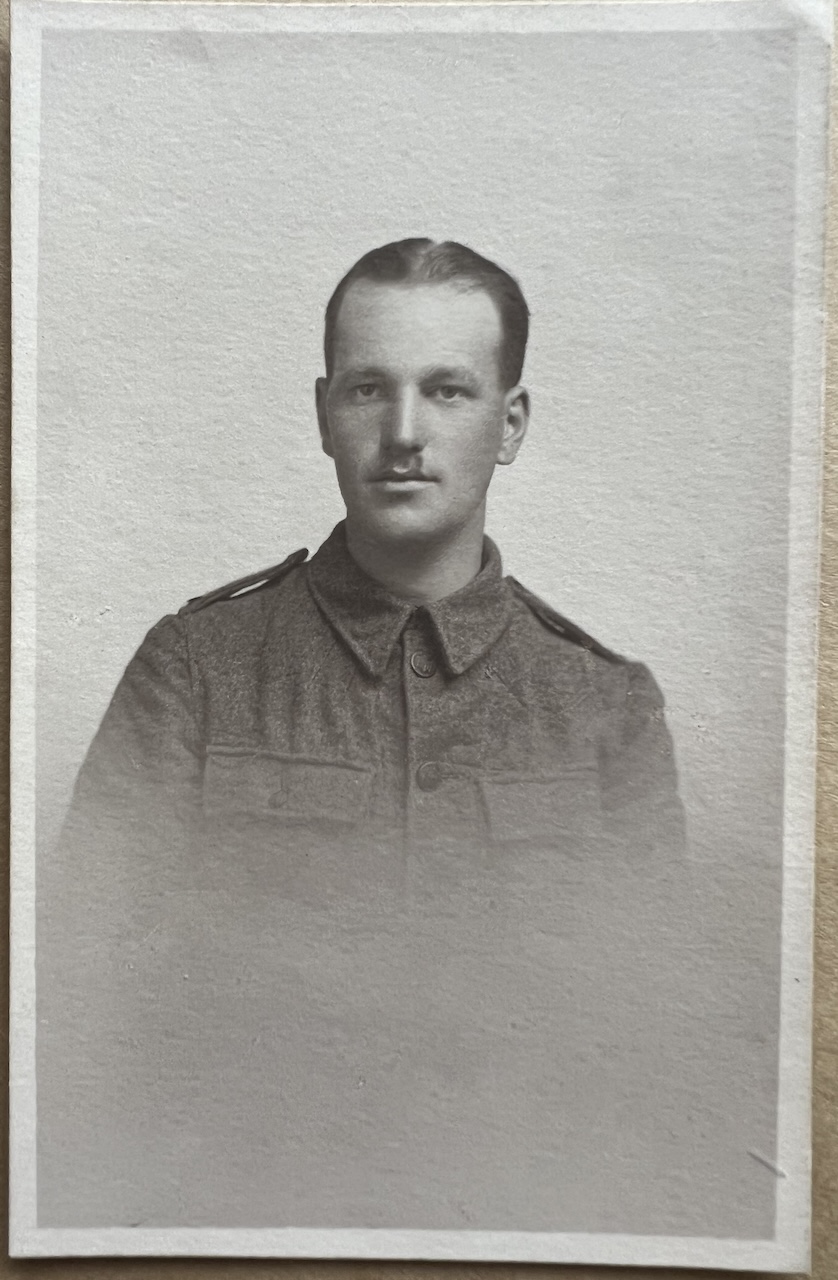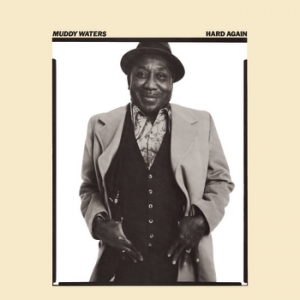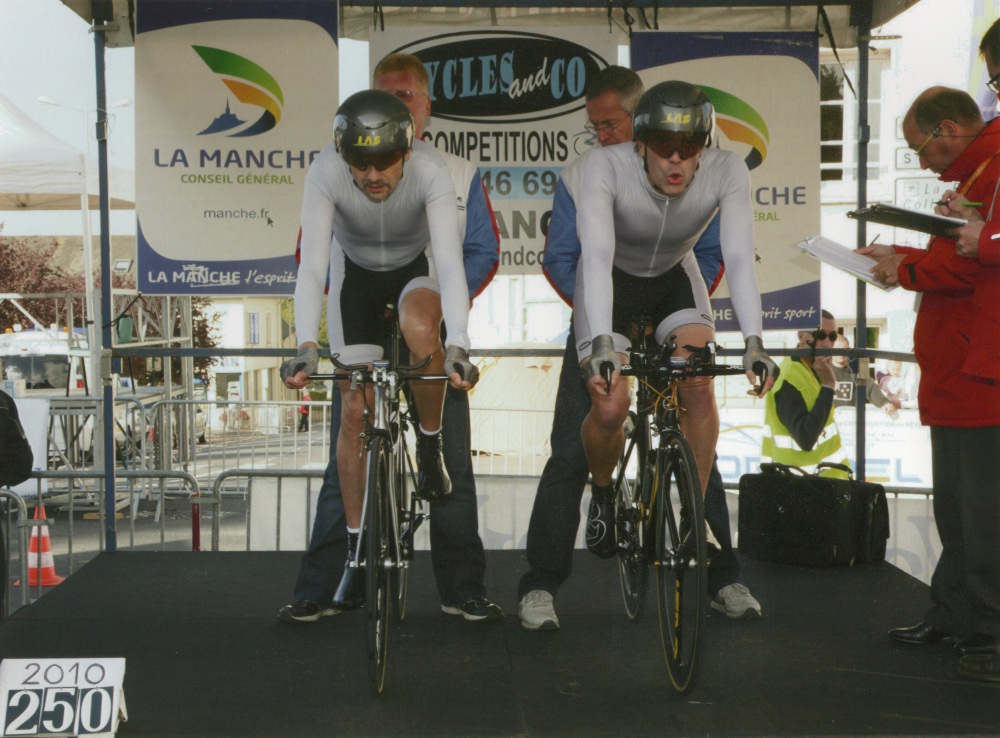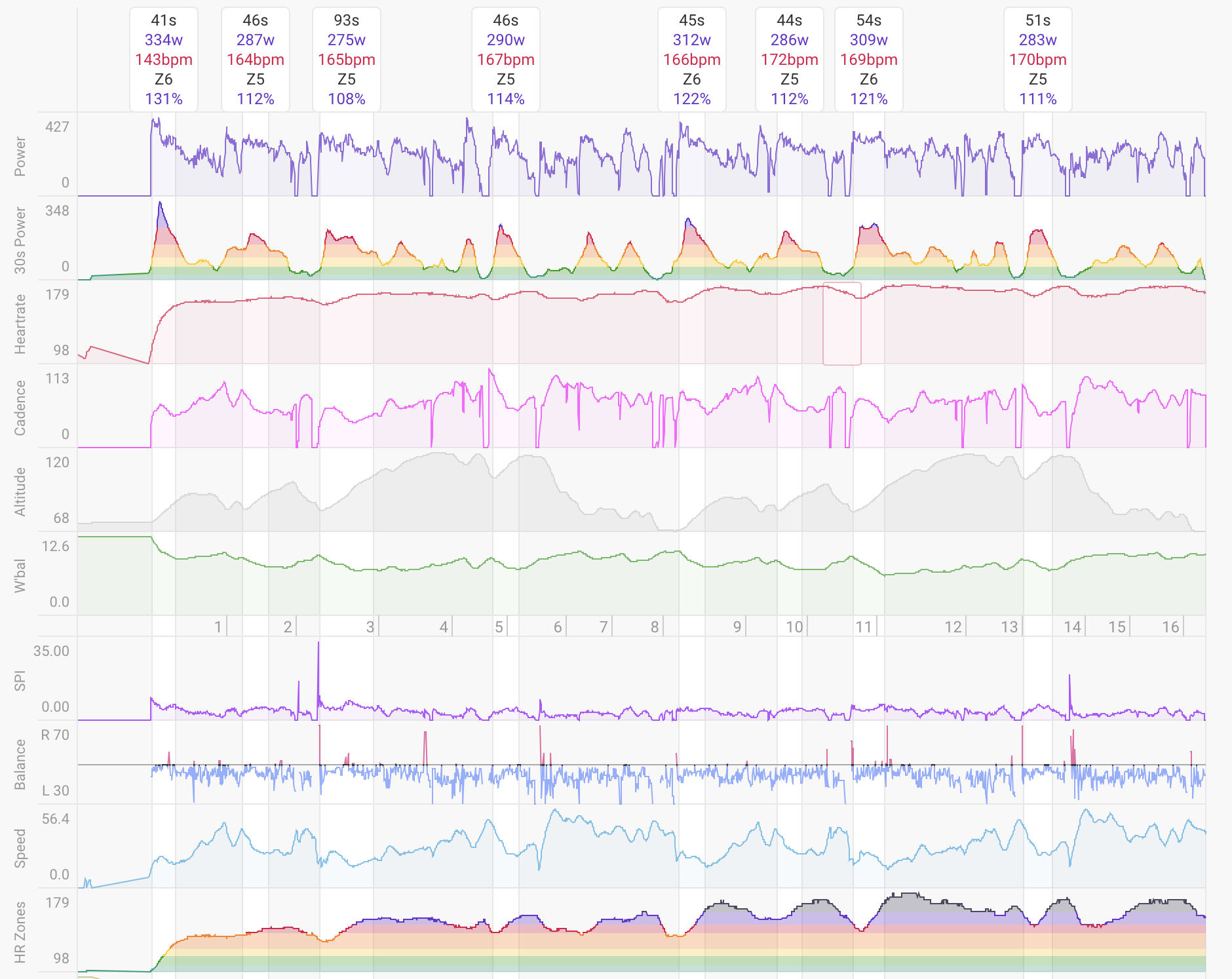Back in the day, and I’m thinking mid 1990s through to maybe 2010, we used to just set off on our trusty touring tandem with no fixed plans, no pre-arranged accommodation* and clutching our Caledonian MacBrayne Island Hopscotch tickets**. And we rarely ran into problems getting on ferries or finding somewhere to stay.
Our last Scottish cycle tour was back in 2017 since our attempt to tour in 2018 foundered due to missing our first ferry in Oban and then having all the ferries cancelled due to a storm. In subsequent years we were unable to tour owing to family circumstances and the Covid pandemic.








